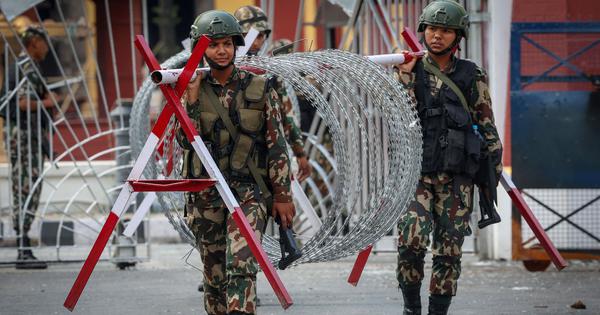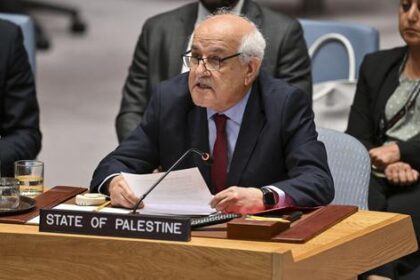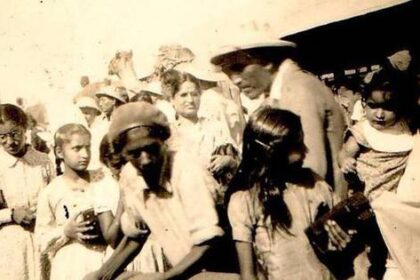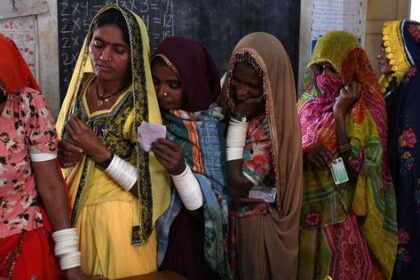Political parties’ exclusion from dialogue raises concerns about the future of democracy in Nepal.
Following the resignation of Nepal Prime Minister KP Sharma Oli on September 9, the Nepal Army has taken a central role in shaping the country’s political landscape. This shift comes on the heels of mass protests that erupted, prompting widespread unrest and vandalism throughout the nation. The army, traditionally a passive entity in Nepal’s political sphere, now finds itself in a position of influence, raising questions about the future direction of governance.
As protests intensified, the army remained a silent observer while government buildings were set ablaze. Notably, the Army Headquarters was situated a mere 500 meters from the chaos unfolding in Kathmandu, where mobs targeted significant state institutions, including parliament and the Supreme Court, leading to extensive destruction.
In response to the turmoil, the Chief of Army Staff has begun discussions with protest leaders, including Balen Shah, the Mayor of Kathmandu. Concurrently, there is speculation regarding the appointment of former Chief Justice Sushila Karki as a potential head of an interim government. This development reflects a significant departure from the army’s historical stance, as it has typically refrained from direct political engagement or power grabs.
The protests in Nepal have drawn parallels to movements in neighboring countries, where similar actions led to the ousting of political leaders. The demonstrators, particularly from the Gen-Z demographic, initially sought to advocate for the lifting of social media restrictions and address issues of corruption and political mismanagement. However, the protests escalated into violence, resulting in 22 fatalities and over 250 injuries, necessitating an independent investigation into the events.
The political fallout from these protests was immediate, as Prime Minister Oli faced mounting pressure from coalition partners, leading to his resignation just a day after the protests began. The subsequent period saw rampant vandalism, including assaults on political leaders from various parties and the destruction of party offices. In a dramatic turn, protestors began to free inmates from prisons across the nation, further expanding the unrest to major cities like Pokhara and Biratnagar.
This tumultuous climate presents a paradox for Nepal. While political parties express a desire to uphold the Constitution, the youth have forcibly dismantled both central and provincial governments. The inclusive and secular framework established in 2015, designed to empower marginalized communities, now faces significant threats as the political landscape shifts dramatically. The current trajectory raises alarms about the potential erosion of democratic principles.
Political parties have historically played a pivotal role in Nepal’s democratic evolution, having previously united to combat autocracy and civil strife. Despite their flaws and allegations of corruption, they fostered a political culture capable of navigating crises, including a decade-long armed insurgency. The exclusion of these parties from ongoing dialogues, now facilitated by the army, may undermine their role and further destabilize the situation.
While maintaining peace is crucial, it is imperative that the army, along with all of Nepal’s stakeholders, safeguards the democratic constitution and adheres to its tenets. The current circumstances necessitate a careful balance to avoid further instability and to protect the hard-won democratic gains of the past.








